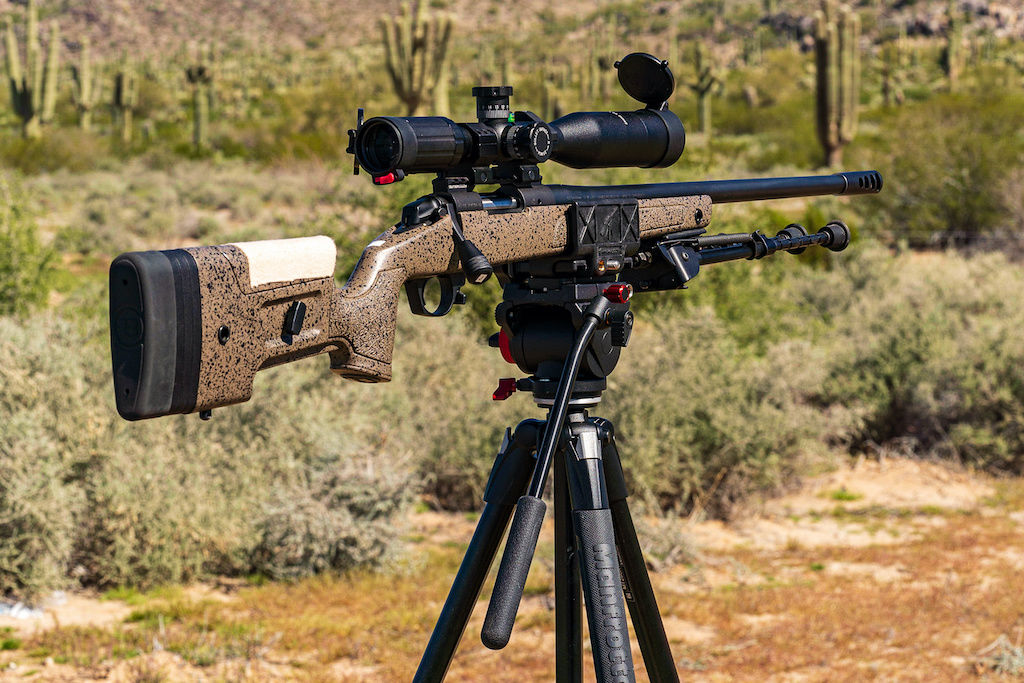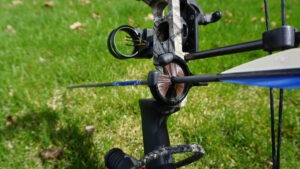Bottom fishing is a popular technique among anglers who want to target fish species that dwell near the seabed. To ensure a successful fishing trip, it is crucial to have the right equipment, and the reel plays a significant role in this regard. In this article, we will delve into the world of bottom fishing reels and explore the various options available. Whether you are a beginner or an experienced angler, understanding the basics and choosing the right reel can make all the difference in your fishing experience.
Understanding Bottom Fishing
Before we dive into the world of reels, let’s take a moment to understand the concept of bottom fishing. Bottom fishing is a method where anglers target fish species that inhabit the bottom of lakes, rivers, or the ocean. These species often include halibut, snapper, grouper, and other bottom-dwelling fish.
When it comes to bottom fishing, it’s not just about dropping your bait or lure and hoping for the best. Successful bottom fishing requires knowledge of the fish’s behavior, the right equipment, and strategic techniques. Anglers need to understand the habitats, feeding patterns, and migration routes of the target species to increase their chances of a successful catch.
Bottom fishing involves more than just dropping your line to the seabed or near a structure where these fish congregate. It requires a reel that is designed to withstand the rigors of this fishing technique. The reel needs to be sturdy, have a good line capacity, and offer smooth drag to handle the weight and power of the fish you might encounter.
The Basics of Bottom Fishing
Bottom fishing is not a one-size-fits-all approach. Different species of bottom-dwelling fish require different techniques and strategies. For example, when targeting halibut, anglers often use heavy tackle and large baits to entice these powerful creatures. On the other hand, when going after snapper or grouper, anglers may opt for lighter tackle and smaller baits to match the fish’s feeding preferences.
One important aspect of bottom fishing is understanding the structure of the underwater terrain. Fish tend to congregate around structures such as reefs, wrecks, rock formations, or underwater ledges. These structures provide shelter and serve as hunting grounds for bottom-dwelling fish. By identifying these structures and positioning your bait or lure near them, you increase your chances of attracting the attention of your target species.
Why Reel Choice Matters in Bottom Fishing
The choice of reel is crucial in bottom fishing because it determines how well you can handle the challenges that come with this fishing technique. A high-quality reel can make a significant difference in your ability to hook, fight, and land those prized bottom-dwelling fish. The reels specifically designed for bottom fishing are equipped with features that enhance your chances of success and improve your overall fishing experience.
One important feature to consider when choosing a reel for bottom fishing is its gear ratio. A higher gear ratio allows for faster retrieval, which can be beneficial when dealing with strong, fast-swimming fish. Additionally, a reel with a strong and smooth drag system is essential for controlling the fish’s movements and preventing it from breaking your line.
Another factor to consider is the line capacity of the reel. Bottom-dwelling fish are known for their strength and ability to make long, powerful runs. Having a reel with ample line capacity ensures that you have enough line to handle these runs and prevent the fish from escaping.
In conclusion, bottom fishing is a specialized fishing technique that requires knowledge, skill, and the right equipment. Understanding the behavior of bottom-dwelling fish, identifying their habitats, and choosing the appropriate reel are all crucial elements for success in this type of fishing. So, next time you venture out for a bottom fishing adventure, make sure you are well-prepared and equipped to tackle the challenges that await you beneath the surface.
Types of Reels for Bottom Fishing
When it comes to bottom fishing, there are three main types of reels to consider: spinning reels, baitcasting reels, and conventional reels. Each type has its own unique features and benefits, catering to different skill levels and fishing scenarios.
Spinning Reels
Spinning reels are popular among beginner and intermediate anglers due to their ease of use and versatility. They are designed to hang beneath the fishing rod and have a fixed spool that releases the fishing line during casts. One of the key advantages of spinning reels is their excellent casting distance, allowing anglers to reach distant bottom fishing spots with ease. They are also suitable for lighter bottom fishing techniques, such as targeting smaller species like trout or panfish. Additionally, spinning reels offer a smooth drag system, which is crucial when battling larger bottom-dwelling fish that put up a strong fight.
Furthermore, spinning reels are known for their versatility. They can be used in a variety of fishing environments, including freshwater lakes, rivers, and even saltwater coastal areas. This makes them a great all-around choice for anglers who enjoy exploring different fishing locations and targeting various bottom-dwelling species.
Baitcasting Reels
Baitcasting reels are preferred by experienced anglers who need precise control over lure placement and fighting power. They feature a revolving spool and a trigger-like casting mechanism that allows for accurate casting and better line control. Baitcasting reels excel in heavy-duty bottom fishing scenarios, where anglers need to target larger and more aggressive fish species.
One of the key advantages of baitcasting reels is their ability to handle heavier line and lures. This makes them ideal for bottom fishing techniques that require a more substantial setup, such as deep-sea bottom fishing or targeting trophy-sized fish. Baitcasting reels also offer superior drag systems, allowing anglers to apply the right amount of pressure when battling powerful bottom-dwelling species.
Moreover, baitcasting reels provide anglers with greater casting accuracy. The casting mechanism allows for precise lure placement, making it easier to target specific structures or areas where bottom-dwelling fish are known to congregate. This level of control is particularly beneficial when fishing in challenging environments, such as around submerged structures or in strong currents.
Conventional Reels
Conventional reels, also known as overhead reels, are the go-to choice for offshore bottom fishing. They are both powerful and durable, making them well-suited for targeting large and aggressive bottom-dwelling fish species. These reels have a rotating spool and are capable of handling heavier line and lures, allowing anglers to tackle the challenges of deep-sea bottom fishing.
One of the key advantages of conventional reels is their high line capacity. This enables anglers to spool a significant amount of heavy-duty fishing line, which is essential when targeting deep-water bottom-dwelling species that may require long and powerful runs. Additionally, conventional reels offer a robust drag system, allowing anglers to exert substantial pressure on bottom-dwelling fish during the fight.
Furthermore, conventional reels are designed to withstand the harsh conditions of offshore fishing. They are built with corrosion-resistant materials and sealed drag systems, ensuring their longevity even when exposed to saltwater and other corrosive elements. This durability makes them a reliable choice for anglers who frequently venture into the open ocean in pursuit of bottom-dwelling giants.
In conclusion, when it comes to bottom fishing, the choice of reel depends on various factors such as skill level, target species, and fishing environment. Spinning reels are great for beginners and those targeting smaller bottom-dwelling species, while baitcasting reels offer precision and power for more experienced anglers. Conventional reels excel in offshore bottom fishing scenarios, where durability and strength are paramount. Regardless of the reel type chosen, bottom fishing offers an exciting opportunity to explore the depths and encounter a wide range of fascinating fish species.
Key Features to Consider When Choosing a Bottom Fishing Reel
When selecting a reel for bottom fishing, it’s essential to consider several key features that can affect your fishing performance. These features include the gear ratio, line capacity, and the material and durability of the reel.
Gear Ratio
The gear ratio of a reel refers to the number of times the spool rotates with each turn of the reel’s handle. A higher gear ratio means faster retrieval, which can be advantageous when trying to reel in fish quickly or bring your bait up from the bottom. However, a lower gear ratio offers more torque and power, making it easier to handle larger fish.
Line Capacity
Line capacity is an essential consideration, especially when bottom fishing where the chances of encountering larger fish are higher. A reel with a larger line capacity can accommodate more line, allowing you to handle longer fights without worrying about running out of line.
Material and Durability
Given the harsh conditions and the strains that bottom fishing can put on your equipment, it’s important to choose a reel that is built to last. Look for reels made from high-quality materials such as aluminum or stainless steel. A durable and robust reel will ensure that you can handle the demanding nature of bottom fishing for years to come.
Top Reel Brands for Bottom Fishing
Now that we have explored the different types of reels and the features to consider, let’s take a look at some of the top reel brands known for their performance in bottom fishing.
Penn
Penn reels have been a staple in the fishing industry for decades. Renowned for their strength, durability, and smooth operation, Penn reels are widely used by anglers for bottom fishing. Their lineup includes spinning, baitcasting, and conventional reels, ensuring that there is a suitable option for every angler.
Shimano
Shimano is another well-respected brand that offers a range of high-quality reels for bottom fishing enthusiasts. Known for their precision engineering and innovative features, Shimano reels are trusted by anglers worldwide. Whether you prefer spinning reels or baitcasters, Shimano has a reel that can meet your bottom fishing needs.
Daiwa
Daiwa reels are synonymous with reliability and top-notch performance. With their exceptional build quality and cutting-edge technology, Daiwa reels are a popular choice among anglers who demand the best. Daiwa offers a diverse range of reels designed specifically for bottom fishing, ensuring that there is an option for every angler’s style and preference.
Conclusion
In conclusion, selecting the best reel for bottom fishing is crucial for a successful and enjoyable fishing experience. Understanding the basics of bottom fishing, the types of reels available, and the key features to consider will help you make an informed decision. Consider your skill level, target fish species, and fishing conditions when choosing a reel. Brands like Penn, Shimano, and Daiwa have a solid reputation and offer a variety of reels tailored for bottom fishing. By investing in a high-quality reel that suits your needs, you’ll be well-equipped to discover the best reels for bottom fishing and reel in those trophy catches!


